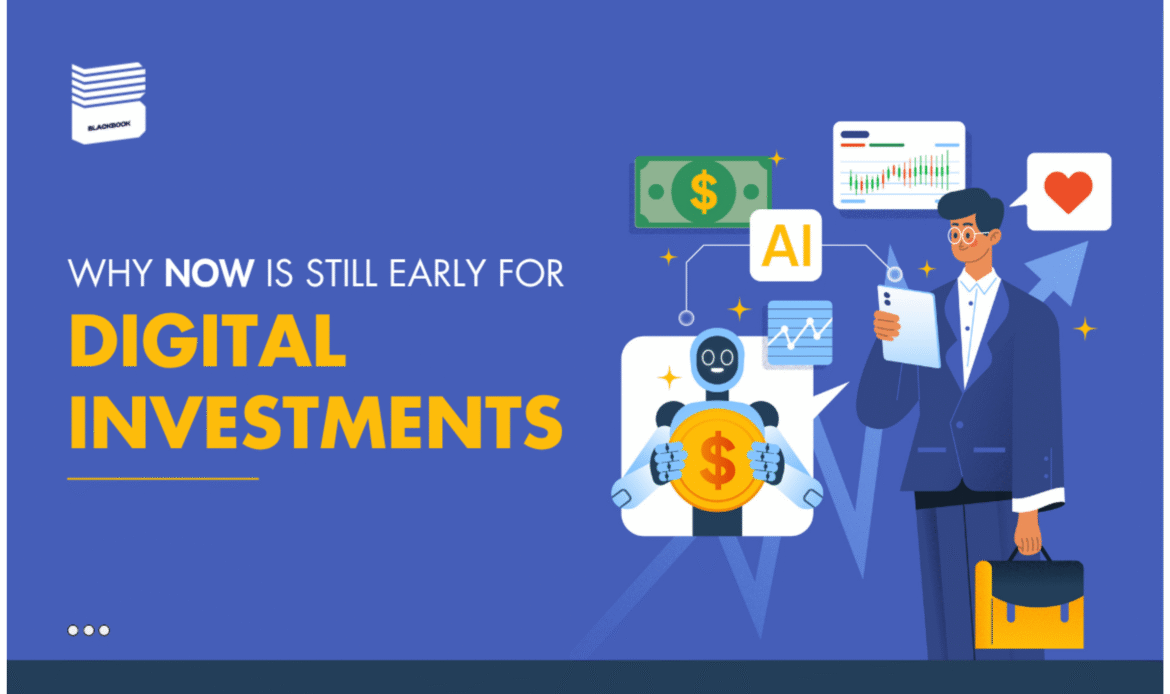The digital investment market is exploding. Website acquisition and flipping will reach $3.1 trillion in 2025. Yet experts agree: we’re still in the early stages. This creates a perfect opportunity for investors to enter the market or expand their digital portfolios.
The Digital Real Estate Rush
Website investments function like real estate deals. You purchase undervalued digital assets, improve them, and sell for profit. The key difference? This market remains far less saturated than physical property.
Entry Barriers Have Collapsed
You can start with just $1,000. Website marketplaces connect buyers and sellers globally. The typical sale happens at 20-40x monthly revenue, creating massive profit potential when you make even small improvements.
Why Timing Matters Now
Three forces drive this opportunity:
- Market Inefficiency: The fragmented marketplace creates pricing gaps that smart investors exploit daily.
- Growing User Base: Millions join the internet each year, expanding your potential audience and buyer pool.
- AI Revolution: New tools analyze traffic, identify SEO opportunities, and automate content creation at scale.
How to Scale Digital Assets Today
Scaling websites has never been easier. Modern tools allow investors to:
- Deploy AI-powered content strategies
- Test monetization methods rapidly
- Automate customer support and operations
- Manage multiple sites simultaneously
Untapped Growth Channels
The digital economy constantly evolves. Social commerce, livestream shopping, and AR experiences create new revenue streams. Niche websites that target specific communities outperform generic competitors.
Marketplace Evolution
Consumers increasingly start their shopping journey on specialized platforms rather than search engines. This shift rewards content aggregators and review sites with premium traffic.
The Exit Strategy: Selling for Maximum Profit
As competition for quality websites increases, sale multiples rise. Professional marketplaces have standardized the transaction process, reducing risk for everyone involved.
Institutional Money Enters the Game
Investment funds now actively acquire digital assets. This brings more liquidity and higher valuations to the market. Simultaneously, retail investors gain access through fractional ownership models.
Five Signs We’re Still Early
- Market Fragmentation: No dominant players control the space
- Rapid Innovation: AI and blockchain reshape how value is created
- Evolving Regulations: Standards remain in flux
- Global Adoption Curve: Emerging markets still coming online
- Rising Multiples: Asset valuations show significant upside potential
Your Action Plan: Three Steps to Success
1. Research and Education
Study valuation metrics and successful case studies. Use analytics tools to identify undervalued websites with growth potential.
2. Start Small, Scale Fast
Begin with one site to learn operational skills. Reinvest profits into additional acquisitions to build a diversified portfolio.
3. Build for Exit
Maintain clean financials and documented processes. Engage with established marketplaces when ready to sell.
Risk Mitigation Strategies for Digital Investors
Every investment carries risk. Website investors reduce exposure through:
Portfolio Diversification
Don’t put all your capital into one site. Spread investments across multiple niches and revenue models. This protects against algorithm updates or market shifts affecting a single category.
Revenue Stabilization
Implement multiple monetization methods on each property. Combine advertising, affiliate marketing, and direct product sales. Sites with diverse income streams sell for higher multiples.
Technical Redundancies
Maintain robust backup systems. Use content delivery networks to enhance reliability. Implement security protocols to prevent costly breaches or downtime.
International Opportunities Create New Frontiers
Most website investors focus exclusively on English-language markets. This overlooks massive opportunities:
- Spanish-language sites reach 543 million global speakers
- Portuguese content accesses Brazil’s booming digital economy
- Regional e-commerce sites target underserved markets
Early movers in these spaces face less competition and lower acquisition costs. Translation services and localization tools make market entry easier than ever before.
Popular Website Categories with Highest ROI
Not all niches perform equally. These categories consistently deliver strong returns:
Affiliate Review Sites
Product comparison sites generate passive income through affiliate commissions. Amazon Associates and specialized programs pay 3-15% per sale. Top performers target high-ticket items with recurring purchase patterns.
SaaS and Subscription Models
Software-as-a-Service websites deliver predictable monthly revenue. Subscription-based content sites retain customers longer. Both models command premium multiples when selling.
Educational Resources
Online courses and educational content markets continue expanding. These sites combine multiple revenue streams: premium subscriptions, one-time purchases, and advertising.
Conclusion
Despite impressive growth, the website investment market hasn’t matured yet. Current inefficiencies create opportunities for knowledgeable investors.
Those who act now will capture both operational income and capital appreciation as the digital economy evolves.
The best time to invest in digital assets was yesterday. The second-best time is today.

